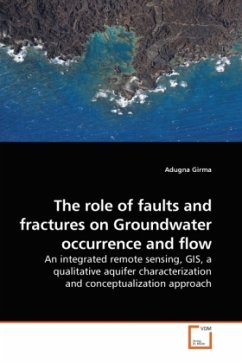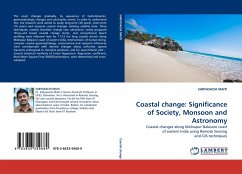
Statistical Significance Of Predicted Earthquake Occurrence
A Comparison of Natural and Predicted Earthquake Occurrence in Seismologically Active Areas
Versandkostenfrei!
Versandfertig in 6-10 Tagen
43,10 €
inkl. MwSt.

PAYBACK Punkte
22 °P sammeln!
Even a stopped clock is right twice a day and almost any method for predicting earthquakes will succeed occasionally, whether the methods have merit or not. Qiang et al. (2001) successfully predicted 100 earthquakes that is based on a predicted increase of ground temperatures in the lower atmosphere from 2 to 8 days before a large scale earthquake. Despite their apparent success at predicting the earthquakes, they did not compare their prediction with the natural rate of occurrence in the area, which experiences an earthquake of Richter magnitude greater than 4 every week. This book compares t...
Even a stopped clock is right twice a day and almost any method for predicting earthquakes will succeed occasionally, whether the methods have merit or not. Qiang et al. (2001) successfully predicted 100 earthquakes that is based on a predicted increase of ground temperatures in the lower atmosphere from 2 to 8 days before a large scale earthquake. Despite their apparent success at predicting the earthquakes, they did not compare their prediction with the natural rate of occurrence in the area, which experiences an earthquake of Richter magnitude greater than 4 every week. This book compares their predictions to the natural occurrence of earthquakes within the region in order to evaluate the apparent success of Qiang et al's. (2001) method. It is clearly seen that more than 80% earthquakes occurred outside the predicted window iwth variable statistical signifcance. Thus, the ability of the model to predict earthquake epicenters can be called into question.












